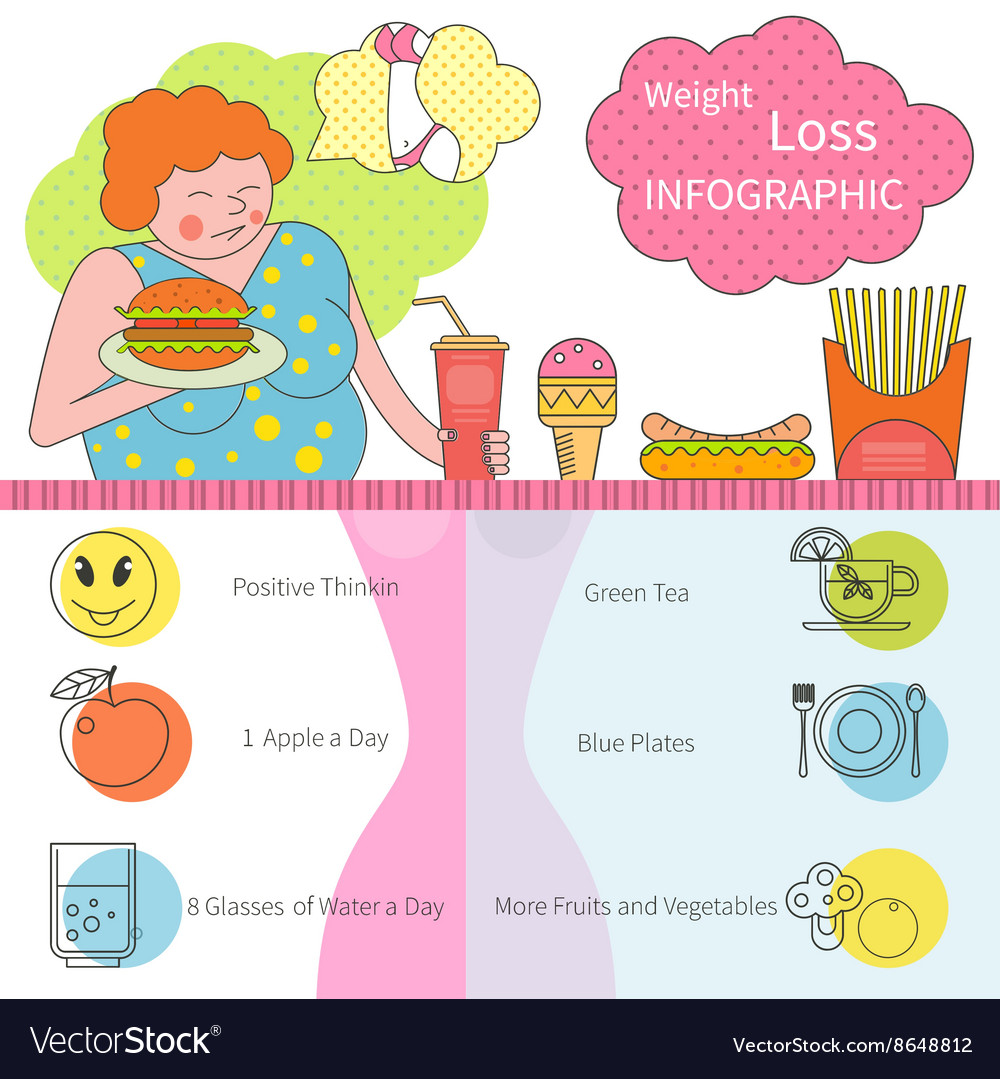Cold laser therapy is a useful device to aid suffering management and the recovery procedure. It is typically used in sporting activities medicine, dermatology and acupuncture.
Cold lasers penetrate deep right into cells and promote chemical changes without warming them. They minimize inflammation and swelling, speed up cellular task and speed up healing.
Academic Background
Unlike the high-intensity lasers that surgeons use to puncture tissue, cool laser therapy uses light-emitting diodes to pass through into your skin and advertise healing. As these photons get to broken tissues, they launch a chain reaction that increases your cells' manufacturing of enzymes and accelerates your body's all-natural healing procedures.
The photons additionally decrease discomfort with the production of endorphins and increase your body's capacity to drain swollen locations by causing vasodilation (the development of capillary). Consequently, it aids you recover from bone and joint injuries and pain quicker.
Many people have actually become aware of cold laser therapy from their physical therapist, chiropractic physician or physician and may be questioning how it functions. Unlike most laser gadgets made use of in the medical area, which actually heat up cells, our cutting edge tools releases cool laser light beams that do not trigger any kind of heating of your cells. This enables your body to obtain the restorative advantages without setting off any kind of side effects.
Scientific Trials
Cold laser treatment is often advised as a treatment alternative for individuals that have musculoskeletal discomfort and injuries. It can be made use of to reduce inflammation, enhance cells and accelerate the body's natural recovery procedures.
Non-thermal photons of red and infrared laser radiation are absorbed by the light sensitive aspects in cells and initiate a boost in intracellular metabolic rate that raises cell reproduction, decreases swelling, removes edema and reduces healing time.
Unlike the light that is created by sunshine or conventional lights, laser light is identical (all wavelengths traveling parallel), coherent and monochromatic. These residential or commercial properties enable laser power to penetrate deeper into the cells.
Numerous professional tests have shown that LLLT can be effective in decreasing pain stress relief in the bone and joint system. However, more well-designed research studies are required to review the optimal settings for laser irradiation and to determine its efficiency in certain problems, such as dental mucositis in cancer clients getting radiation treatment or radiotherapy, and injury recovery (consisting of diabetic person abscess following hammertoe surgical treatment). This Aetna plan publication does not resolve other uses LLLT, consisting of the therapy of numerous skin diseases.
Verdicts
Unlike surgical lasers that can destroy lumps or coagulate tissue, cold laser therapy does not warm the body's cells. Rather, the light promotes your cells to create adenosine triphosphate, which quickens the repair service process of damaged tissues.
Aetna takes into consideration low-level laser (LLL) treatment medically essential for the avoidance of oral mucositis connected with cancer cells therapy (chemotherapy, radiation treatment, hematopoietic stem cell hair transplant) and non-cancer therapies (such as radiodermal injury, fibromyalgia). Several studies revealed that LLT can be reliable in decreasing PU symptoms without damaging effects. However, differences in study layouts and laser dosimetry made comparison of the outcomes tough; RCTs with reduced danger of bias are required. Making use of a 660 nm wavelength and higher energy density seems much more efficient than the other examined laser wavelengths. This could be since the various other wavelengths might promote inflammatory processes and trigger even more negative effects. The result of the kind of laser utilized is likewise crucial; the authors recommend that future study concentrate on reviewing various sorts of lasers and their dosages to figure out the ideal combination of laser parameters for PU prevention.
Recommendations
Cold laser therapy is used by dental professionals to treat inflamed gum tissue, doctors to ease pain brought on by rheumatoid joint inflammation, and physical therapists to speed up the recovery of muscular tissue, ligament, and tendon injuries. Numerous clinical insurance plans cover this treatment.
Unlike hot lasers, which have a thermal impact on cells, chilly lasers (likewise called low-level lasers) stimulate the cellular energy of the skin. Photons from the laser light penetrate right into the cell, activating a series of chemical adjustments that promotes regeneration and lowers inflammation.
In order to be effective, lasers should be properly arrangement and made use of. This is why it is not recommended to purchase an economical over the counter laser gadget and try to treat on your own in the house. A skilled specialist is called for to make certain that the gadget is used correctly to reduce the threat of eye injury and maximize its performance. The laser device need to be adjusted to the appropriate setup, intensity, frequency, and placement of the laser on the treatment location.
